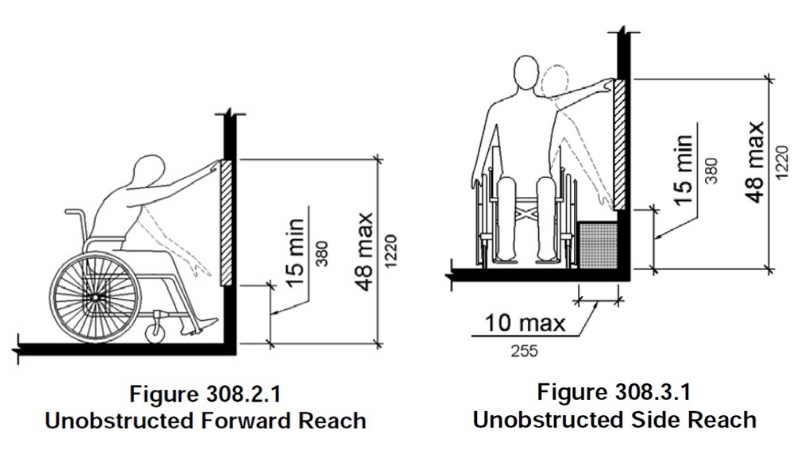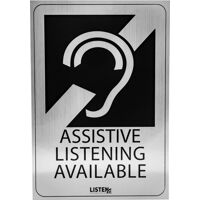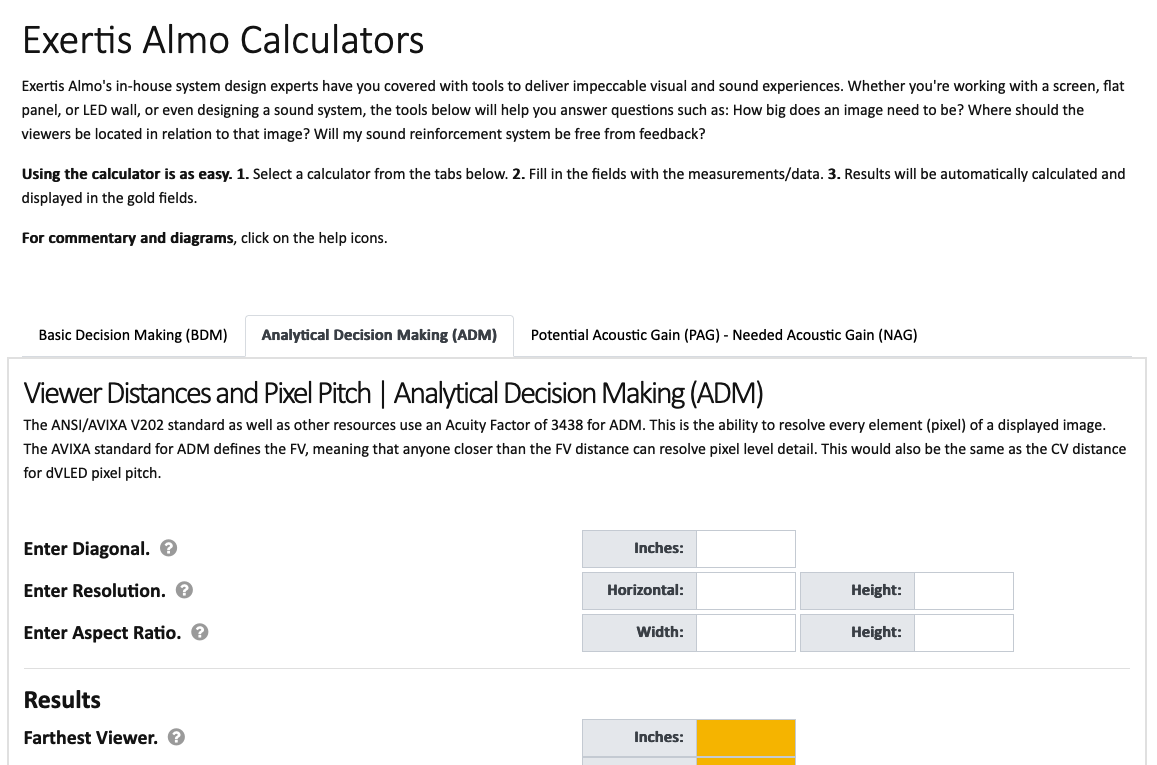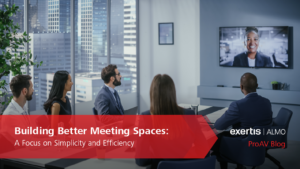The Value of Expertise
“Old age and treachery beats youth and enthusiasm every time” is an old saying that I’ve used on numerous occasions – certainly, more often now as I continue to make laps around the sun.
A colleague and I had a fun bit of banter on this topic recently:
Him: Youth provides new perspectives and new solutions.
Me: But lacks maturity, wisdom and expertise.
Him: and fear and baggage, and bad habits to unlearn.
Me: “Old Age and Treachery Beats Youth and Enthusiasm Every Time.”
Him: There is value to both.
Me: Can arrive at solutions quickly. Avoids common pitfalls. Can discern between real change and fads.
Him: There is value to both.
(When you repeat yourself, you’ve lost. Just sayin’)
 Want to know something? Ask someone who has been around a while. An example of this was back in 2007 as I got off the train in Guilford in Surrey, England. I needed directions to my hotel and since the information center was closed, I made inquiry with the nearest group of locals. They were younger and had never heard of the place. Their knowledge was limited. Afterwards I sought assistance from a much older person that I saw. Instant useable information. He knew his small town and how to get around.
Want to know something? Ask someone who has been around a while. An example of this was back in 2007 as I got off the train in Guilford in Surrey, England. I needed directions to my hotel and since the information center was closed, I made inquiry with the nearest group of locals. They were younger and had never heard of the place. Their knowledge was limited. Afterwards I sought assistance from a much older person that I saw. Instant useable information. He knew his small town and how to get around.
A deep knowledge level was evident with a colleague of mine that recently retired. He had well over 30 years in AV and was well versed in products, applications, installations and the audiovisual business as a whole. Extremely knowledgeable with field experience, always willing to assist, mentor and never arrogant. (That description actually fits almost all of “The Greats” that I’ve ever been associated with in this industry and it’s one of the unique things that I treasure about it.)
I was first introduced to this new colleague right after Exertis and Almo became Exertis Almo. As audio people tend to do, we like to size one another up in conversation. What we really want to know is whether or not this person knows their stuff. There are a lot of supposed audio people out there and we want to separate the wheat from the chaff very quickly so we’re not wasting our time.
As an aside, it’s said that the only thing two sound people can agree on is how to spend a third sound person’s money.
Audio people can be a very opinionated bunch.
 In this case, what I discovered was a person with much the same in product preferences and a similar approach in design philosophy. It was very beneficial, when either of us got a project, to get on a Zoom call to discuss, assess and quickly arrive at an effective design approach. Yes, the client may have been inquiring about a product or solution they’d seen but we could also look beyond at what problem they might be trying to address with that equipment or inquiry. It helped us to better get to a real solution rather than just coming up with a list of boxes that could be sold. There’s a lot of value in that and it comes only with experience.
In this case, what I discovered was a person with much the same in product preferences and a similar approach in design philosophy. It was very beneficial, when either of us got a project, to get on a Zoom call to discuss, assess and quickly arrive at an effective design approach. Yes, the client may have been inquiring about a product or solution they’d seen but we could also look beyond at what problem they might be trying to address with that equipment or inquiry. It helped us to better get to a real solution rather than just coming up with a list of boxes that could be sold. There’s a lot of value in that and it comes only with experience.
From the friendly banter noted above, my colleague mentioned that youth can provide new perspectives and solutions without fear, baggage and bad habits to unlearn. I wholeheartedly agree with that position. Conversely, the old guard brings maturity, wisdom and we can assess a situation and arrive at an effective solution quickly. If we lack information, we know how and where to research and we know whose opinion we can trust. We can discern fact from fiction and learned many years ago that certain types of products are not a one-size-fits-all. Further, since we’ve been around a while, we can discern between something that can bring real change vs. just another fad. We’re the same ones that have seen 3D come and go. Twice. (We’ll let you know when it’s actually viable.)
Over time, we’ve built relationships and trust around the industry and we can be honest with each other if the product isn’t a good fit.
Many years ago, I was the one with all the youth and enthusiasm. I had the ability to spout off with complete confidence whatever I was told by someone that had been around audio longer than I had. That’s not smart in an industry that is already filled with misconceptions. Thankfully, I started under the tutelage of a wise mentor and he remains one of my closest friends to this day.
 Truthfully, you need the best of both youth and maturity if you’re not going to be left with a warehouse of FireWire interfaces or trying to sell solutions that promise to change everything but in practice, have limited application.
Truthfully, you need the best of both youth and maturity if you’re not going to be left with a warehouse of FireWire interfaces or trying to sell solutions that promise to change everything but in practice, have limited application.
Which is really what we want anyway, right? The ability and foresight to embrace new possibilities guided with mature wisdom.
If you would like to tap into that right balance of youth and maturity, give our team here at Exertis Almo a call and we’ll be glad to provide some guidance on your next project.
If you enjoyed this blog, check out Tom’s “Choose Quality AV” blog for more insights.


 A survey that I saw about workplaces taken pre-pandemic showed that audio was four times more important than video and that 4 of the top 5 frustrations were related to audio. None of the top five were video related yet the majority of the investments were expected to be focused on displays and control systems. The blinky lights. Little “a”, big “V”.
A survey that I saw about workplaces taken pre-pandemic showed that audio was four times more important than video and that 4 of the top 5 frustrations were related to audio. None of the top five were video related yet the majority of the investments were expected to be focused on displays and control systems. The blinky lights. Little “a”, big “V”. The one thing that hasn’t changed over time is the human. Humans communicate with other humans using the same interfaces, the same eyes and ears they’ve been using since we were drawing pictures on cave walls.
The one thing that hasn’t changed over time is the human. Humans communicate with other humans using the same interfaces, the same eyes and ears they’ve been using since we were drawing pictures on cave walls. I’ve seen meeting rooms with tall open ceilings including exposed joists and ductwork – all the properties of a mini gymnasium. Another one was an open office concept in an old warehouse made of concrete with a conferencing set up in the middle of the open area. It had all the acoustical properties of a parking garage. I’ve been asked for a mix-minus system in a room that’s less than 1,100 sq. ft. because the acoustics are so bad. It had a very tall “V” shaped ceiling that rises on both ends and comes down to a point about 12 ft. AFF in the center of the room. But it has a skylight.
I’ve seen meeting rooms with tall open ceilings including exposed joists and ductwork – all the properties of a mini gymnasium. Another one was an open office concept in an old warehouse made of concrete with a conferencing set up in the middle of the open area. It had all the acoustical properties of a parking garage. I’ve been asked for a mix-minus system in a room that’s less than 1,100 sq. ft. because the acoustics are so bad. It had a very tall “V” shaped ceiling that rises on both ends and comes down to a point about 12 ft. AFF in the center of the room. But it has a skylight.
 307.2 Protrusion Limits.
307.2 Protrusion Limits.
 I’ve even seen an increase in requests for wireless for city council chambers. Read that again. For a city council. They sit behind a council table. Your typical local council is probably well known for being intractable and immovable so I can’t fathom the need for a wireless in that application. Hardwired mics only.
I’ve even seen an increase in requests for wireless for city council chambers. Read that again. For a city council. They sit behind a council table. Your typical local council is probably well known for being intractable and immovable so I can’t fathom the need for a wireless in that application. Hardwired mics only. There is only one absolute rule when not to use a hardwired microphone: the baptistry. Never, ever place a hardwired microphone within reach of a baptistry. In the mid-2000s, Reverend Kyle Lake of University Baptist Church in Waco, TX was electrocuted as his hand made contact with a hardwired microphone connected to the church’s audio system. It wasn’t the fault of the correctly installed audio system or phantom power, it was a short circuit that had developed in the baptismal water heater. The investigation revealed that the older water heater wasn’t up to current electrical codes and it lacked a ground wire. When Reverend Lake touched the microphone, he became an inadvertent electrical path as the electricity sought a way to return to its source. If you need a wireless, the baptistry is the perfect application.
There is only one absolute rule when not to use a hardwired microphone: the baptistry. Never, ever place a hardwired microphone within reach of a baptistry. In the mid-2000s, Reverend Kyle Lake of University Baptist Church in Waco, TX was electrocuted as his hand made contact with a hardwired microphone connected to the church’s audio system. It wasn’t the fault of the correctly installed audio system or phantom power, it was a short circuit that had developed in the baptismal water heater. The investigation revealed that the older water heater wasn’t up to current electrical codes and it lacked a ground wire. When Reverend Lake touched the microphone, he became an inadvertent electrical path as the electricity sought a way to return to its source. If you need a wireless, the baptistry is the perfect application. It would seem to make sense then that we should be designing the room, and the meeting environment, first around the human and then applying the appropriate technology within the boundaries of human factors and ergonomics.
It would seem to make sense then that we should be designing the room, and the meeting environment, first around the human and then applying the appropriate technology within the boundaries of human factors and ergonomics. A close second to the maximum allowable background noise level is the acoustical performance of the space. This is the actual sound signature of the room, and I can think of nothing more important that is also the least considered or even ignored. While the trend has been towards glass walls, shiny floors, wood panels and other acoustically “hard” surfaces, these materials are the least friendly when it comes to the acoustical criteria needed for human communication. Jun Lim recently wrote, “No matter how excellent an audio system is, it cannot surpass the limitations imposed by the acoustic environment.” The late John Murray once said, “Once the sound leaves the loudspeakers, it’s out in the wild”. “Acoustically friendly” doesn’t have to mean plain or ugly but aesthetics devoid of acoustical considerations impedes the ability to communicate.
A close second to the maximum allowable background noise level is the acoustical performance of the space. This is the actual sound signature of the room, and I can think of nothing more important that is also the least considered or even ignored. While the trend has been towards glass walls, shiny floors, wood panels and other acoustically “hard” surfaces, these materials are the least friendly when it comes to the acoustical criteria needed for human communication. Jun Lim recently wrote, “No matter how excellent an audio system is, it cannot surpass the limitations imposed by the acoustic environment.” The late John Murray once said, “Once the sound leaves the loudspeakers, it’s out in the wild”. “Acoustically friendly” doesn’t have to mean plain or ugly but aesthetics devoid of acoustical considerations impedes the ability to communicate.






